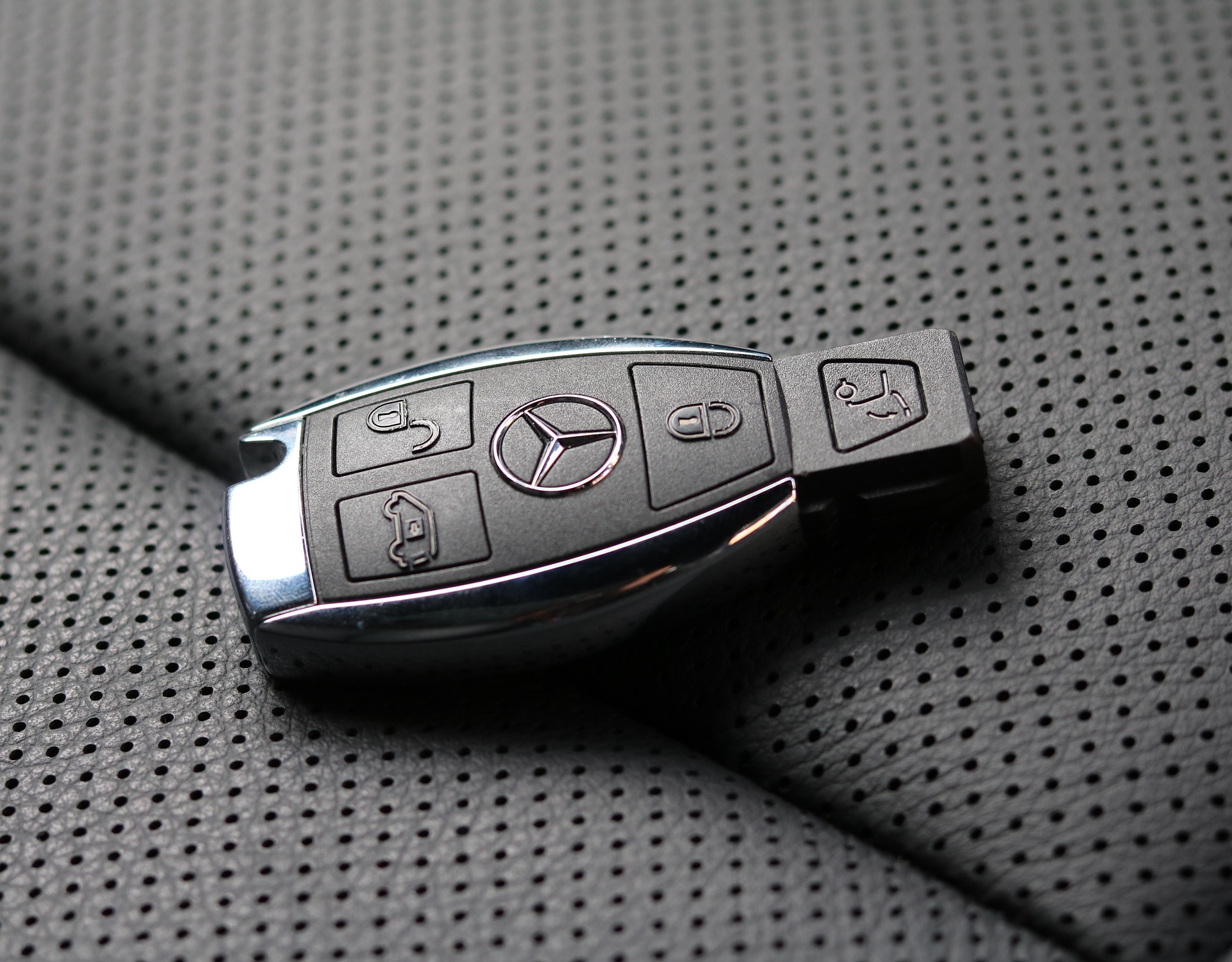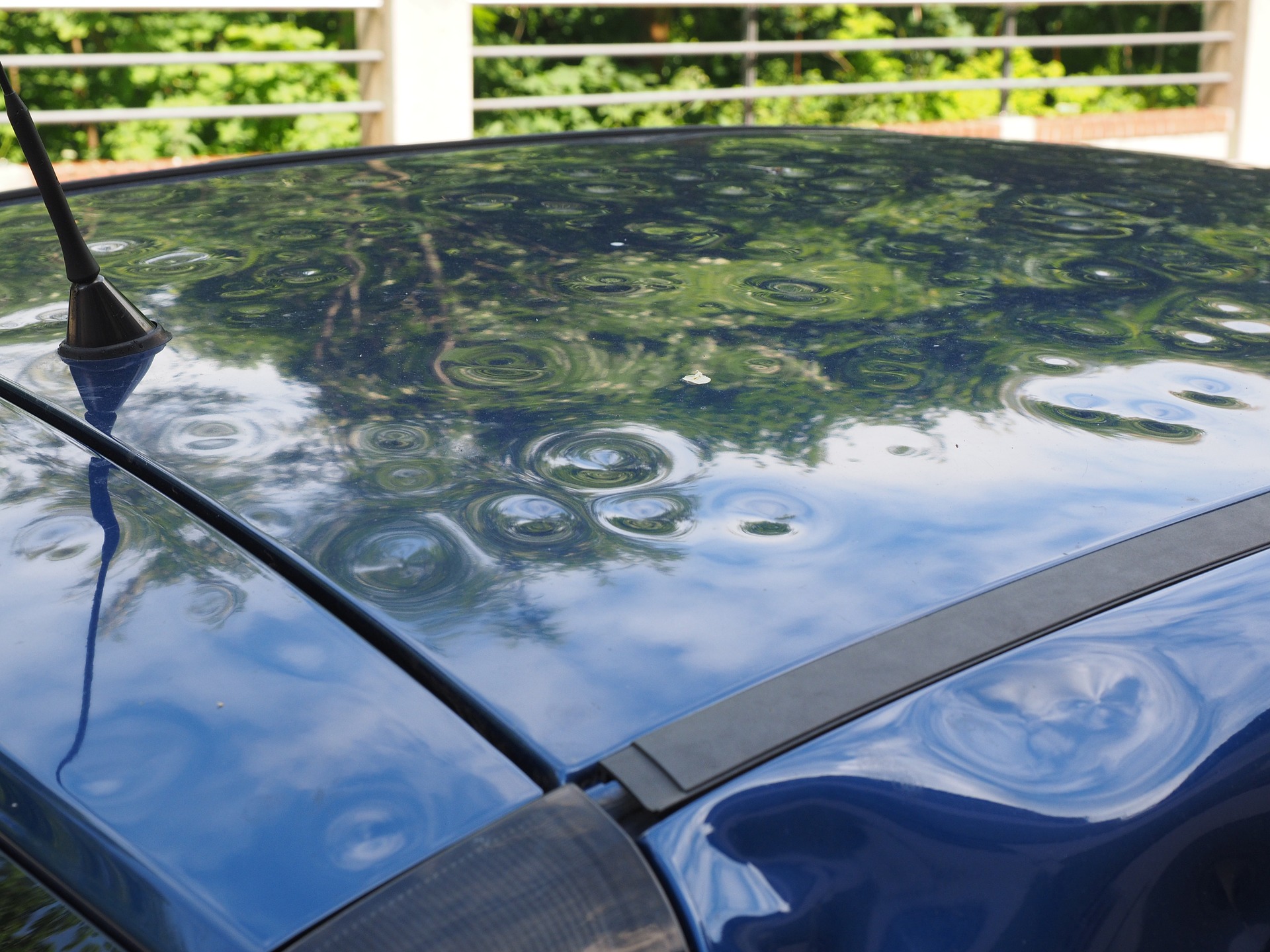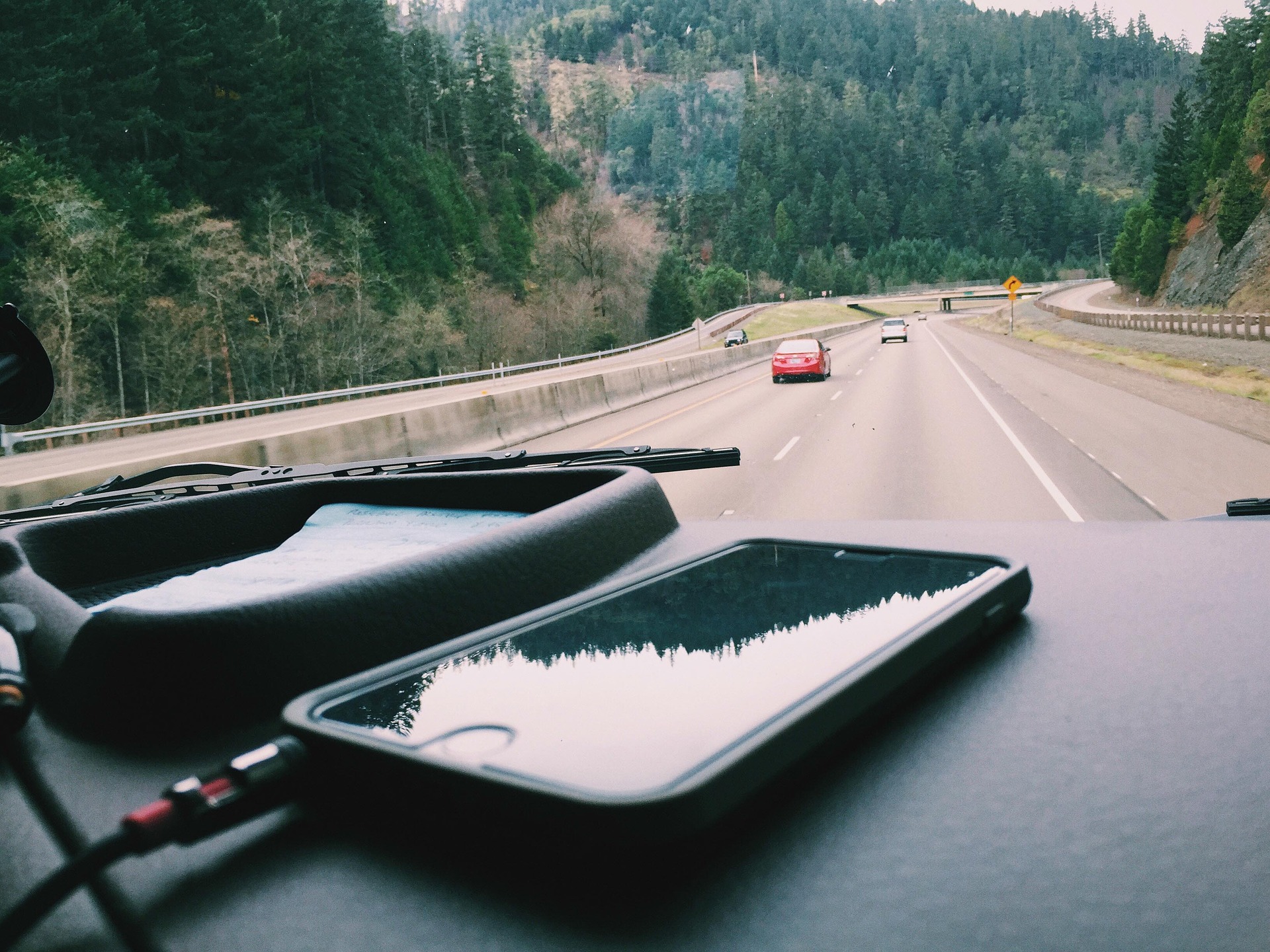
You know the old adage, there’s two kinds of people in the world…well it seems to be the case when it comes to keeping gear in your car so you’re prepared for a breakdown. Either they keep nothing at all except the number to roadside assistance, or they keep enough to survive a zombie apocalypse.
So, we’re dedicating this post to the middle ground. Honestly what should you keep in your car in case of emergency.
Starting with a car toolkit.
No need to have a second kit for your motorcycle if you only drive one or the other—just adjust the size to fit motorcycle and move it back and forth. Then again you may need different tools and it’s a lot easier to just store this in your vehicle and not have to remember to move it.

A mobile car toolkit should include such items as screwdrivers, hex keys, a socket set, two sets of pliers-both adjustable and locking, wire cutters, ratchet straps, tire gauge, zip ties and duct tape.
- Hex keys, AKA Allen wrenches, come in a range of sizes, it is vital to find the right hex key for your job. We recommend getting a folding hex key set like the one pictured here because hex keys tend to wander off or fall in tiny cracks.
- Socket sets are used for the tightening and loosening of fasteners. It should be noted that they come in a range of sizes, but not all sizes are needed.
- Rachet straps are tie-down straps used to tie down equipment or cargo so as to keep construction materials in place. They need to be both tough and flexible to do their jobs.
Don’t overspend on a mobile tool kit for a couple reasons. First you may want to hand off the kit in a pinch or it could get stollen. Second some expensive kits come with items like a pull handle or swivel castors, which are useful but an expensive kit will include nonessential items which actually makes in harder to find the right item on a dark and rainy night—which when you tend to break down.
You’ll also need miscellaneous items like a first aid kits, work gloves and so on.

A garage automotive toolkit is another story:
One of the best ways to keep your mobile car kit small is to outfit your garage with a larger kit for home repairs. Don’t overspend on this tool kit either. Even modest kits sometimes have two hundred pieces (bit handles, wrenches, hammers, hacksaws and so on). Ask yourself if you really need that much stuff.
To do any serious work you’ll need a floorjack to keep a car in the air. It’s vital that you obtain a jack designed for the specific capacity to the car. If you have a light car you may be able to lift the car with an aluminum jack. It’s advisable to seek help if you are unsure on the weight of your car.
When you do get under a car you will need some jack stands which have a pyramid like shape. To work on the underside of a car you will also need a creeper-an item to rest your back on. Wheel chocks are also needed to keep the automobile in place.
The list seems to go on and on – jump starters, pressure gauges, possibly an oil drain pan to change your oil. It is important to take into account the proper regulations for disposing of chemicals if you’re going to perform many maintenance tasks.
If you want to check the electric current in a car you will also need an item called a multimeter.
Without some kind of budget the amount you will spend could go through the roof. Consider which items you cannot live without, either on safety grounds or to do the work properly.
You can try to stick to one type of tool, but honestly it never seems to go that way. Someone will give you a duplicate for Christmas, or the wrong brand, etc. So if you just let go of the idea of matching tools you’re free to take advantage of our favorite pro tip.
Pro Tip: Go around to all your friends who like to wrench and ask their advice about tools. They’ll often have extra tools they can donate to your cause when they find out you’re just starting out.
In this as with everything else, research is everything.

 If you have a proximity key fob it’s a good idea to not store your keys next to the front door in a dish. Keep them further inside your home. It is generally a good idea to keep your car in a garage though keeping it behind a locked gate works relatively well and is a lot cheaper. When leaving your car parked most people know not to leave valuables in plain sight, yet we still do it. In particular, we leave navigation systems and dash cams mounted in plain view. It’s could be worth the effort to store them away each time you exit your car.
If you have a proximity key fob it’s a good idea to not store your keys next to the front door in a dish. Keep them further inside your home. It is generally a good idea to keep your car in a garage though keeping it behind a locked gate works relatively well and is a lot cheaper. When leaving your car parked most people know not to leave valuables in plain sight, yet we still do it. In particular, we leave navigation systems and dash cams mounted in plain view. It’s could be worth the effort to store them away each time you exit your car.






